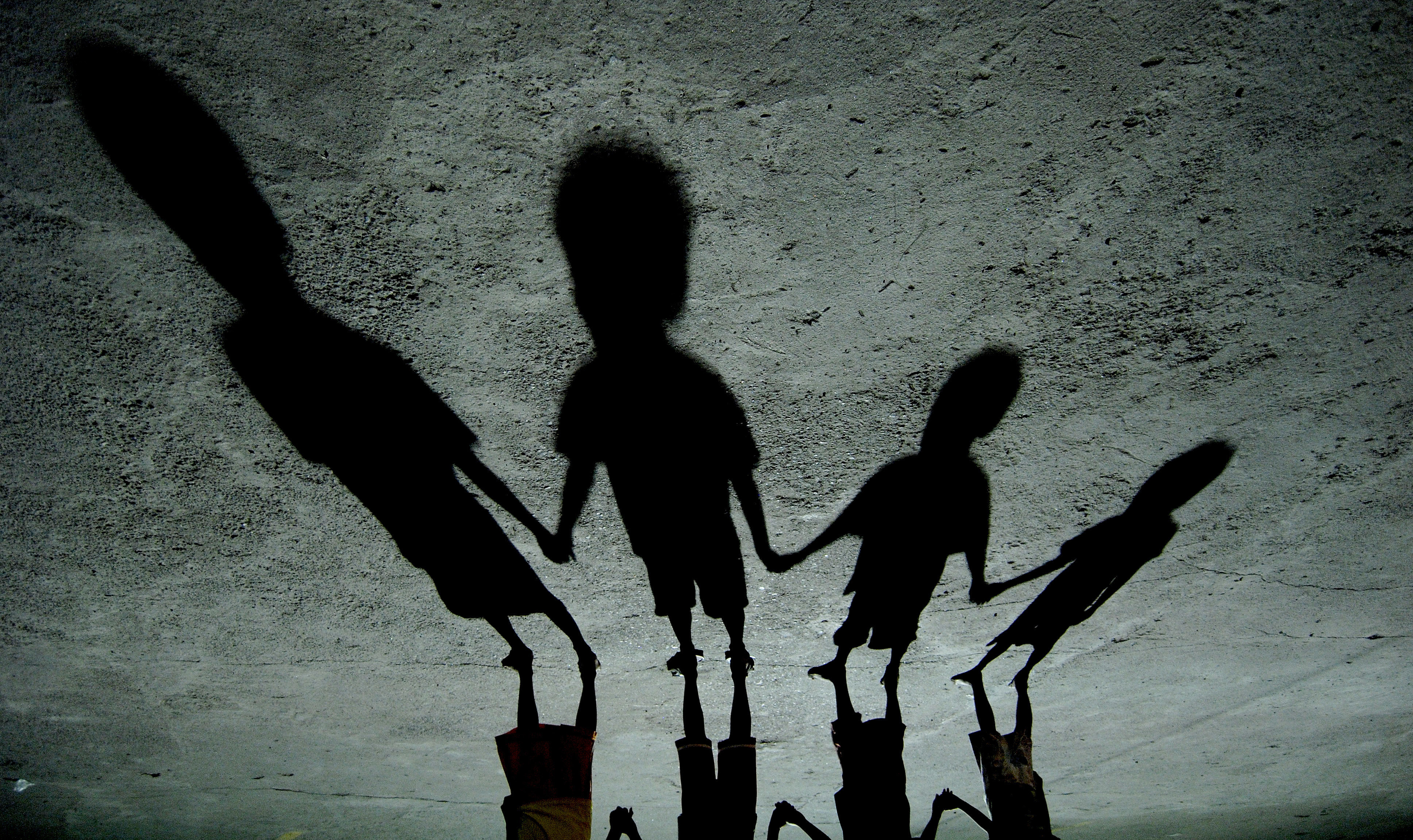Documenting human rights violations in Myanmar: the potential for truth-telling and accountability

The violation of human rights has been daily practice in Myanmar for decades. In many regions, such as the Kachin, Rakhine and Shan states, there is armed conflict, ongoing violence and abuse. The Rohingya crisis, which peaked in 2017 and led to many refugees, together with the military coup in February 2021, has further fueled the violence and as a result of that trauma.
Analysis of possible impact on truth-telling and accountability
There has been no independent judiciary in Myanmar for a long time and human rights are not effectively guaranteed by the government. Civil Society Organizations (CSOs) have taken on the task of monitoring and documenting human rights violations in order to contribute to truth-telling and (future) accountability processes. These documentation initiatives are widespread and have been going on for decades in some cases. The study 'Multi-Layered Civil Society Documentation of Human Rights Violations in Myanmar: The Potential for Accountability and Truth-Telling' analyzes the different layers of the documentation practice and the possible impact on truth-telling and accountability. The research is based on available documents, websites and knowledge from previous fieldwork.
Different categories of documentation of human rights violations
The documentation of human rights violations by CSOs can be divided into three categories: CSOs at the local level and in border areas, CSOs in refugee camps and diaspora communities worldwide, and CSOs run by third parties. Local CSOs generally focus on a specific region, a specific human rights violation or a specific group, for example of a certain ethnicity, religion or gender. Sometimes individual CSOs group themselves in a larger network, such as ND-Burma. This CSO stores all testimonials and other documentation in a specific database that hopefully can be used later for transitional justice processes. The second layer of CSO documentation takes place within the refugee community and diaspora. This exile movement was created by refugees from Myanmar and includes many activist CSOs. These often work in conjunction with local initiatives or international advocacy groups. The third layer of CSO documentation concerns the documentation work of large, international NGOs and institutional actors, such as universities. Examples include the Public International Law & Policy Group and Harvard Law School's International Human Rights Clinic.
Variation and multiplicity of documentation poses a risk
Due to the abundance and variation in human rights documentation by CSOs, there is a risk of over-documentation. Because many agencies are busy monitoring and documenting human rights violations, there is a chance that the same victims or witnesses will be repeatedly asked to tell their story. This carries the risk that best practices for collecting testimonies are not always followed, which can be detrimental to the safety and well-being of the victims involved. Interview fatigue can also occur and the reliability of testimonials can decrease as the story has been told more often.
In addition, there is uncertainty about the hierarchy of documentation: there is no consensus about which documentation matters most. The various victimized groups compete for support from international NGOs, finance and politics. This competitive victimhood makes cooperation between CSOs more difficult.
Coordinating and standardizing initiatives
Collaboration between the different CSOs would help coordinate and standardize documentation initiatives and avoid duplication of interviews. In addition, it would streamline documentation, enhancing the potential for liability claims. At the moment, this is not yet the case in Myanmar. Internationally, there is an investigation by the International Court of Justice into state liability, a criminal investigation by the International Criminal Court, and an attempted prosecution in Argentina under universal jurisdiction. Unfortunately, despite their symbolic value, these processes are long, slow and complicated. The value of the documentation probably lies more in truth-telling by securing a historical archive and other commemorative initiatives such as museums. Finally, the possible impact of the documentation strongly depends on the future development of Myanmar.
Publicatiegegevens en verder lezen
Matelski, M., Dijkstra, R., & McGonigle Leyh, B. (2022). Multi-Layered Civil Society Documentation of Human Rights Violations in Myanmar: The Potential for Accountability and Truth-Telling. Journal of Human Rights Practice.
Actuele berichten

